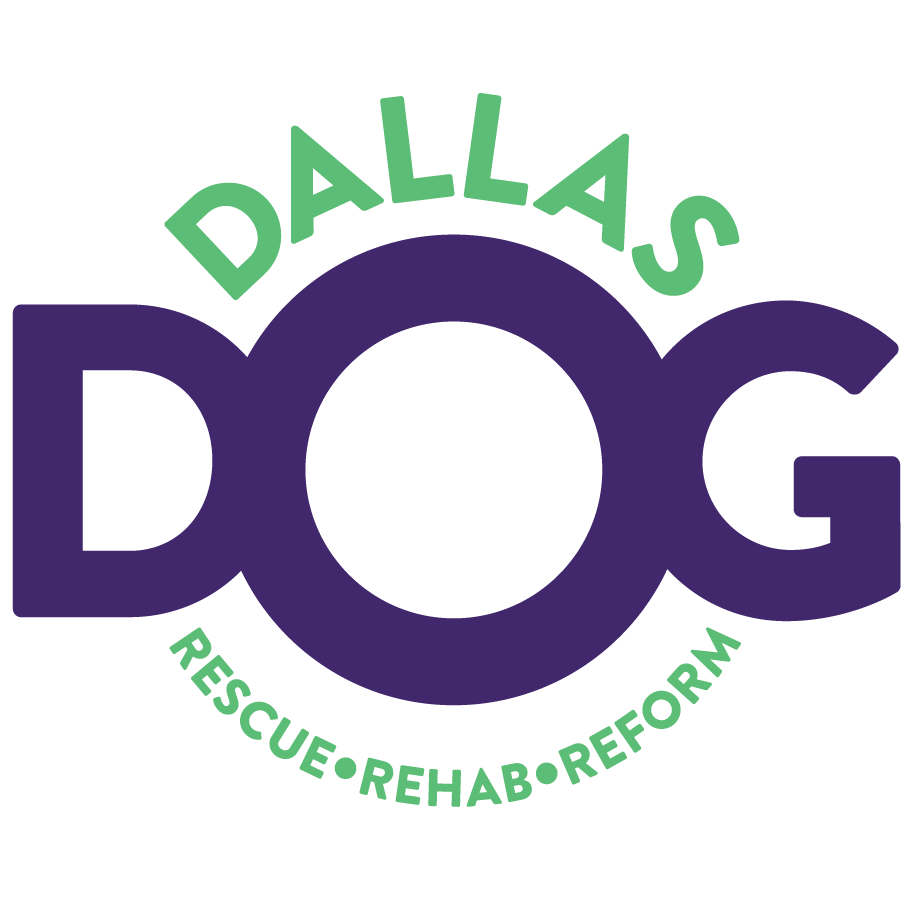Crate Training
Crate training is a valuable tool in helping dogs learn to feel secure in their environment, providing them with a designated “place” they can retreat to when they need rest or a sense of safety. It can help with behavior issues, housebreaking, and ensuring your dog has a place to call their own, making them feel more settled and comfortable in your home.

Crate Training: Creating a Safe and Comfortable “Place” for Your Dog
Crate training is a valuable tool in helping dogs learn to feel secure in their environment, providing them with a designated “place” they can retreat to when they need rest or a sense of safety. It can help with behavior issues, housebreaking, and ensuring your dog has a place to call their own, making them feel more settled and comfortable in your home.
Why Is Crate Training Important?
1. Safety and Security
A crate offers a secure environment for your dog, where they can rest without the risk of getting into dangerous situations, like chewing on electrical cords or getting into trash. It also keeps them safe when you’re not around to supervise them, particularly during the puppy stage or in an unfamiliar environment.
2. Establishing a “Place” for Your Dog
Just as humans need a space where they feel comfortable and relaxed, dogs also benefit from having a designated area that they can claim as their own. A crate helps your dog establish this boundary, reducing anxiety and providing a consistent place to retreat to when they need some downtime.
3. Housebreaking and Preventing Destructive Behaviors
Crate training is an effective way to aid in housebreaking. Dogs instinctively avoid soiling their sleeping area, so a properly sized crate can help encourage them to hold their bladder until they are let outside. It can also prevent them from chewing on furniture or shoes when you’re not around to supervise.
4. Reduces Anxiety and Stress
A crate can become a safe haven for dogs, especially in stressful situations like car trips, vet visits, or when guests are over. When used properly, a crate helps dogs feel more secure, easing anxiety, and preventing undesirable behaviors caused by stress.
5. A Tool for Travel and Vet Visits
Crates can also be beneficial for travel and trips to the vet. Dogs that are crate-trained are usually more comfortable traveling in a car, as their crate becomes a familiar space that they associate with calmness. It can also make vet visits easier, as the crate offers a sense of safety and familiarity in an unfamiliar place.
Tips for Successful Crate Training:
1. Introduce the Crate Gradually
Start by introducing the crate to your dog in a positive, non-threatening way. Place treats, toys, or a comfy blanket inside to make it inviting. Allow your dog to explore the crate on their own, and never force them inside.
2. Make It a Positive Space
Encourage your dog to associate their crate with positive experiences. Feed them meals in the crate, offer treats, and provide their favorite toys to make it a place they want to go.
3. Start with Short Sessions
In the beginning, use short crate sessions and gradually increase the time as your dog becomes more comfortable. Avoid crating your dog for long periods at a time. They need regular breaks, exercise, and social interaction.
4. Never Use the Crate for Punishment
The crate should never be used as a form of punishment. This will create negative associations and can increase anxiety. It should be a place where your dog feels safe, not a place they fear.
5. Be Consistent
Consistency is key to crate training. Keep a regular routine for crating, potty breaks, and mealtimes. This helps your dog understand when it’s time to rest and when it’s time to be active.
6. Crate Size Matters
Ensure the crate is appropriately sized for your dog. It should be large enough for them to stand up, turn around, and lie down comfortably. A crate that’s too large may encourage your dog to eliminate in one corner, while one that’s too small can be uncomfortable.
Signs Your Dog is Comfortable in the Crate:
• Relaxed body language: Your dog shows no signs of stress, such as whining or excessive pacing.
• Willingness to enter the crate: Your dog willingly goes into the crate on their own and settles down easily.
• Quiet and calm demeanor: Your dog may lay down and rest quietly in the crate.
Conclusion:
Crate training provides many benefits, both for your dog and for you as an owner. It helps create a sense of security and routine, prevents destructive behaviors, and aids in housebreaking. By turning the crate into a positive space and using it consistently, your dog will learn to see it as their personal “place” where they can feel calm and comfortable.

